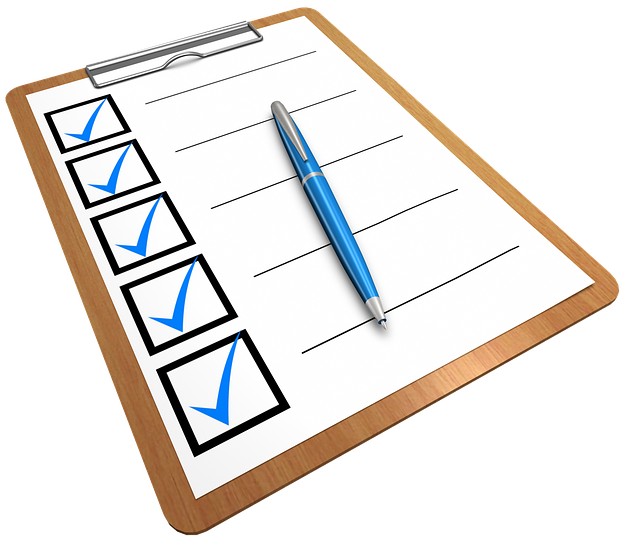An interesting article titled “Incorrect tooth extraction – Never say never?” written by McKernon et al. appears in Oral Surgery in 2017 (vol. 10, pp. 30-35). The article discusses development of a protocol for dealing with cases of extracting the wrong tooth. Extracting the wrong wisdom tooth is a possible complication of removal and has occurred before, see http://www.teethremoval.com/complications.html.
In the article the authors discuss how checklists are now used during surgery in an attempt to decrease medical errors. Even with these checklists reports of wrong tooth extraction still occur. The authors state that cases of wrong tooth extraction occur about once a week among all dentists in the U.K. The most common reasons for extracting the wrong tooth include cognitive failure and miscommunication. The authors state
“We suggest…as human error can never be completely eradicated, a protocol must be developed to deal with the after effects of wrong site tooth extraction to produce the most beneficial outcome for the patient.”
The authors distributed a survey to all members of the British Association of Oral Surgeons (BAOS) in May 2015 using SurveyMonkey. Eight questions were included in the survey including: 1) You have a patient attending your surgery for extraction of a tooth under local anesthetic. The patient is: 30 years of age, fit and well, fully dentate with an intact arch, well motivated with adequate oral hygiene, and good bone levels. Immediately following the extraction you realize you have accidentally extracted the adjacent tooth (which is sound) by mistake. Would you then proceed to extract the correct tooth? and 2) Regarding the incorrectly extracted healthy tooth, would you reimplant it? Please indicate yes or no for each tooth in the arch. The authors were able to get 112 of the 515 members of BAOS to respond to the survey. Regarding the first question listed above 62% of respondents said they would not continue and extract the correct tooth after they just extracted the wrong tooth. The authors note that when the data are distributed by level of current grade, consultants indicated that they would continue with the proper extraction. Regarding the second question listed above responses ranged from about 60% to 97% that yes they would reimplant the tooth regardless of where it was located in the mouth.

Based on the responses from the eight questions the authors developed the following protocol for wrong tooth extraction. In all cases of the wrong tooth being extracted first place the tooth in a suitable medium (such as using the patients blood). Then immediately inform the patient and other dental team members. If the extraction was being performed based on an orthodontic recommendation, then a discussion should be made with the orthodontist regarding treatment options. Next detailed records of what occurred should be made and the event should be reported as a wrong site surgery to the appropriate agency or body. Next the correct tooth should be extracted unless upon speaking with the orthodontist in orthodontic extractions they suggest otherwise. Next the oral hygiene and tooth dentition of the patient should be assessed. If it is satisfactory then the soft tissues and socket should be assessed. As long as the oral hygiene and tooth dentition and soft tissues and socket are satisfactory then the tooth can be re-implanted using a splint. If any of the oral hygiene and tooth dentition or soft tissues and socket are not satisfactory then the tooth should be discarded. In cases where the tooth has been re-implanted then antibiotics may be given and regular check-ups should occur.
